Electronic music, although considered to be a genre by many, is in essence a medium where a particular process takes place – a compositional process and a performative process. This process occurs first in its artistic production, transferring from studio to event space where it conjures states of trance in its participants, and then to its built up connection between the DJ and the dancers, where the story’s plot grows deeper if the participants create their own roles through costume and character play. It is a collective process where each element adds to the production of the greater experience. Mercan Dede, also known as Arkın Allen, expresses these very sentiments through the curation of his living space: an ongoing process of creations that are collectively generated by each of the individuals who enter.
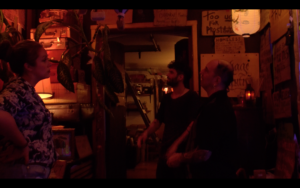
Entering a sacred space, or any space created with purpose and intention, one might feel a peaceful and cool, calming chill. Arkın’s dimly lit, colourful studio awakens this kind of sensory knowing and holds space for creativity and ideas to conjure, form, and be expressed. We sat down at his kitchen table filled with golden animal figurines, and he poured us a glass of sweet rosé as we chatted and introduced ourselves. Perhaps because we placed ourselves in the kitchen, the conversation started off on the topic of bands who create music with vegetables and then drink the soups of their labour, tasting their own evolving synaesthetic experience. This interesting point set the tone for the topic of ‘creative processes’ to continuously recapitulate throughout the evening. While we each spoke of our own process, we were playing with the animals on the table, stacking them and lining them up, making stories and scenes as time passed, every now and then glancing up and absorbing the intricate collections surrounding us.
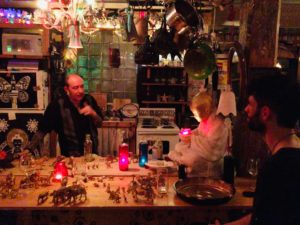
“… Later when you look at that,” Arkın said, referring to the individual scenes we each created with the animals, “maybe you capture something about the story that you were not conscious of in that moment. That type of art, I think it has sincerity in it because it comes from a sincere place. I’m always drawn to that – music, painting, sculpture, dance – as long as it really comes from that place where not much thought happens. Thought is more on the intellectual spectrum – it’s super unique, but you can predict where it comes from and where it leads to; when it starts to create stuff that doesn’t involve the thinking process or intellectual process, it’s like dance – contemporary dance – where it’s more movement and feeling and doesn’t involve as much thinking. That I find to be very mesmerizing, and also joyful.”
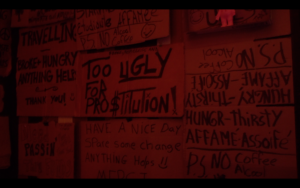
If you look closely at a piece of art, you can see the different layers that come together to make the larger picture. Each of the layers, even though they aren’t necessarily seen, are the layers of colour that add to the greater whole in the same way that civilizations, societies, and experiences of people of the past create the place where we live today. Although you cannot see a lot of them or even their aftermath, you can still feel and remember their presence. However, when you are in the phenomenological moment of creation, where the body takes over, you might not be able to remember exactly what motif it was that you started with, or what you end goal of creation was.
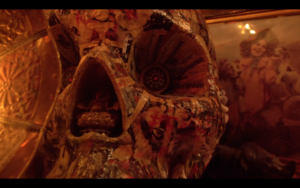
“Memory is a collection of knowledge’s past and it’s valuable but you can’t do much with that. It’s no longer knowledge, but it’s emotion. You feel it, and then you move with that feeling. I think that’s a really interesting place to explore in the creative process.”
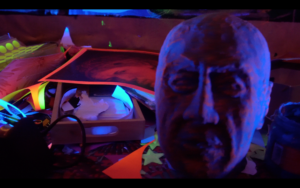
Montreal, for Arkın, is a place where he can focus on this process, a place where he can feel and breathe. But he also mentioned that Rumi says, “how beautiful to move everyday from one place to another.” Movement, then, is also important in this process; traveling to more busy, stimulating sensory environments often distracts us but give us the inspiration we need for when we arrive back in our place. It also allows us to appreciate and express gratitude for the place we call Home.
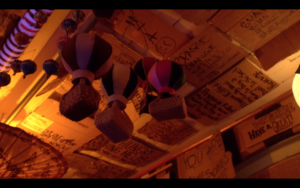
As I glanced around the studio, taking in the sensory overload and losing my own spatial awareness, I broke my wine glass – a moment that Arkın said was supposed to happen so that I could start a new one. He poured me a new glass and we continued talking, channeling, and storytelling. Through the process of play, the story of my wine glass ended as a story began with the gold painted animals on his kitchen island; and the stories of his various collections and installations continued on their paths through our presence and our recounts of the experience.
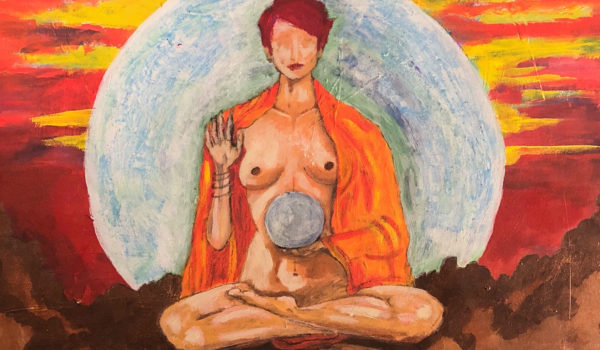
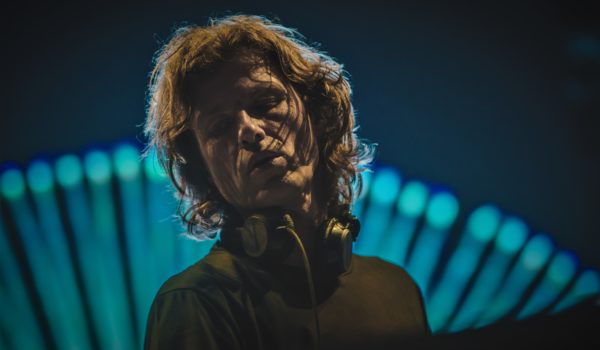


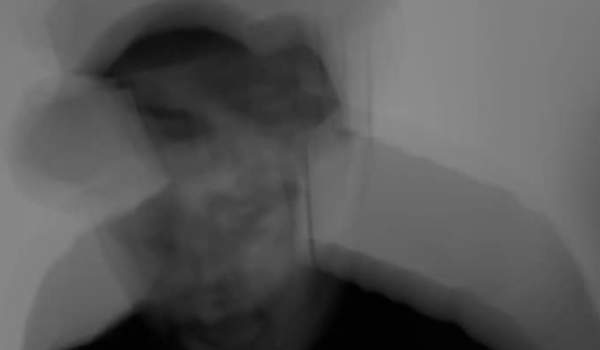
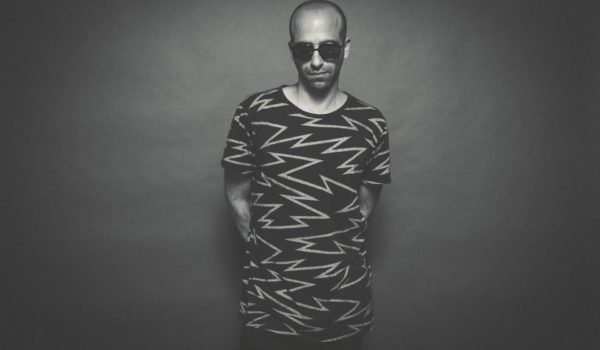


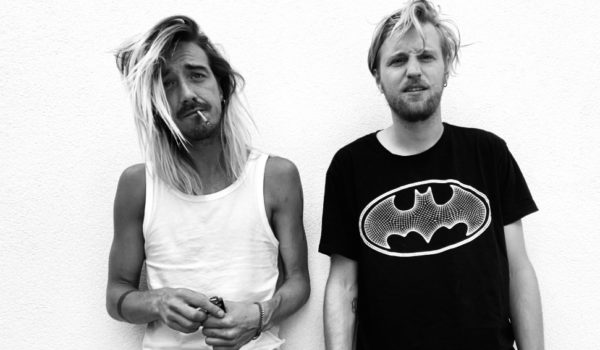
Comments